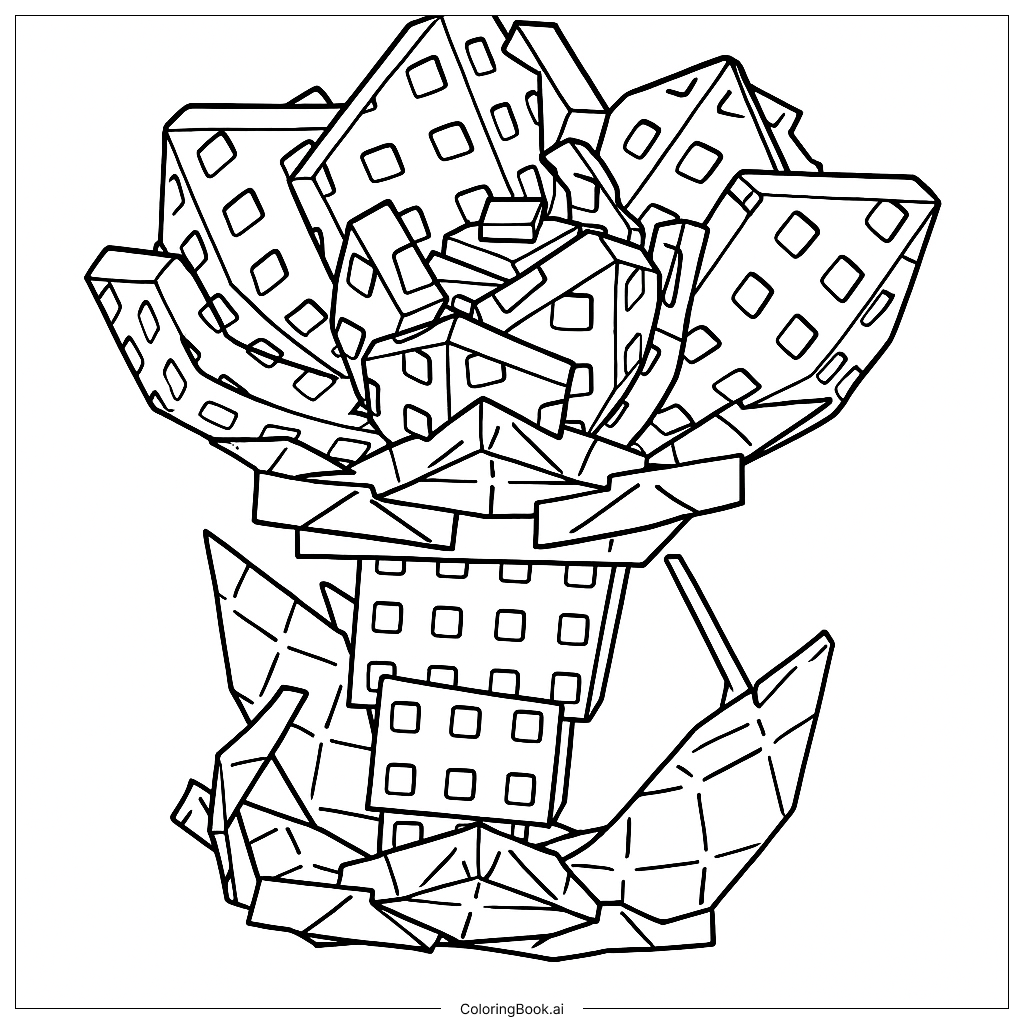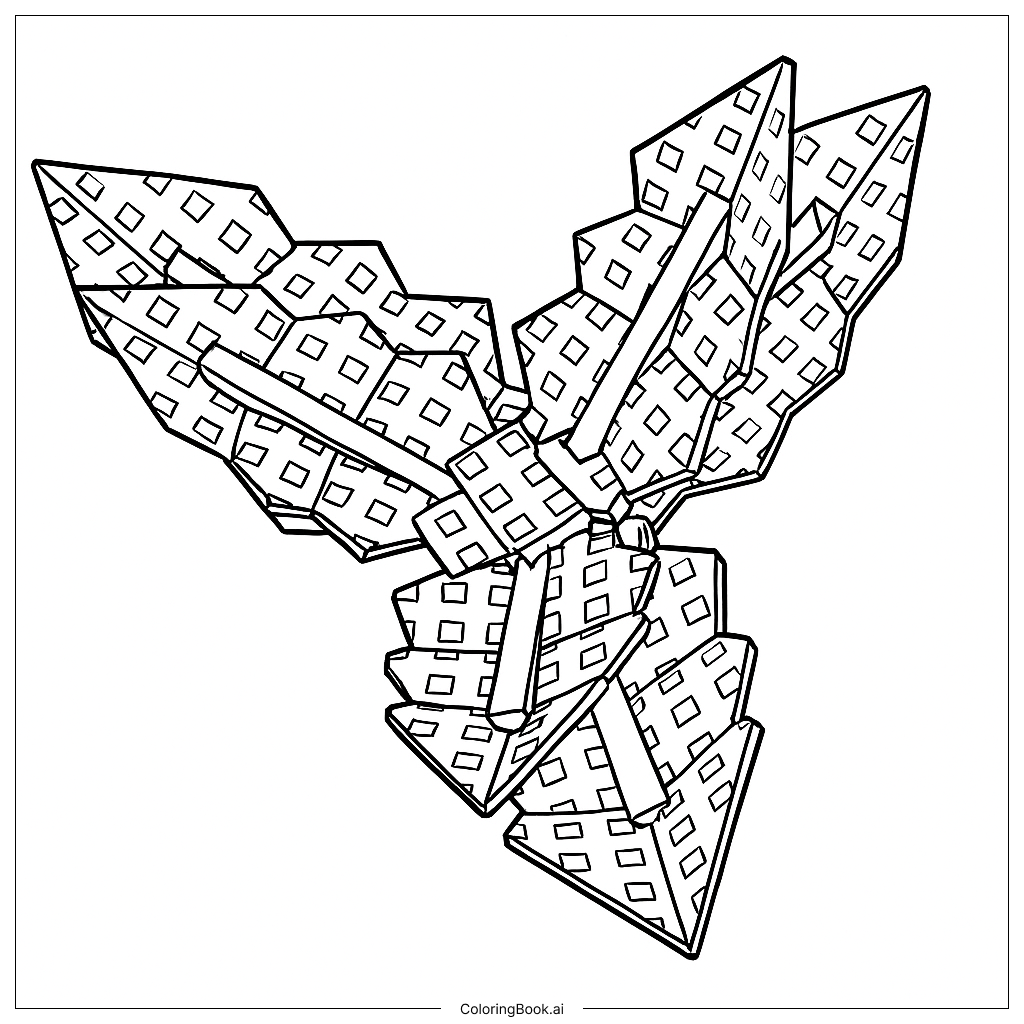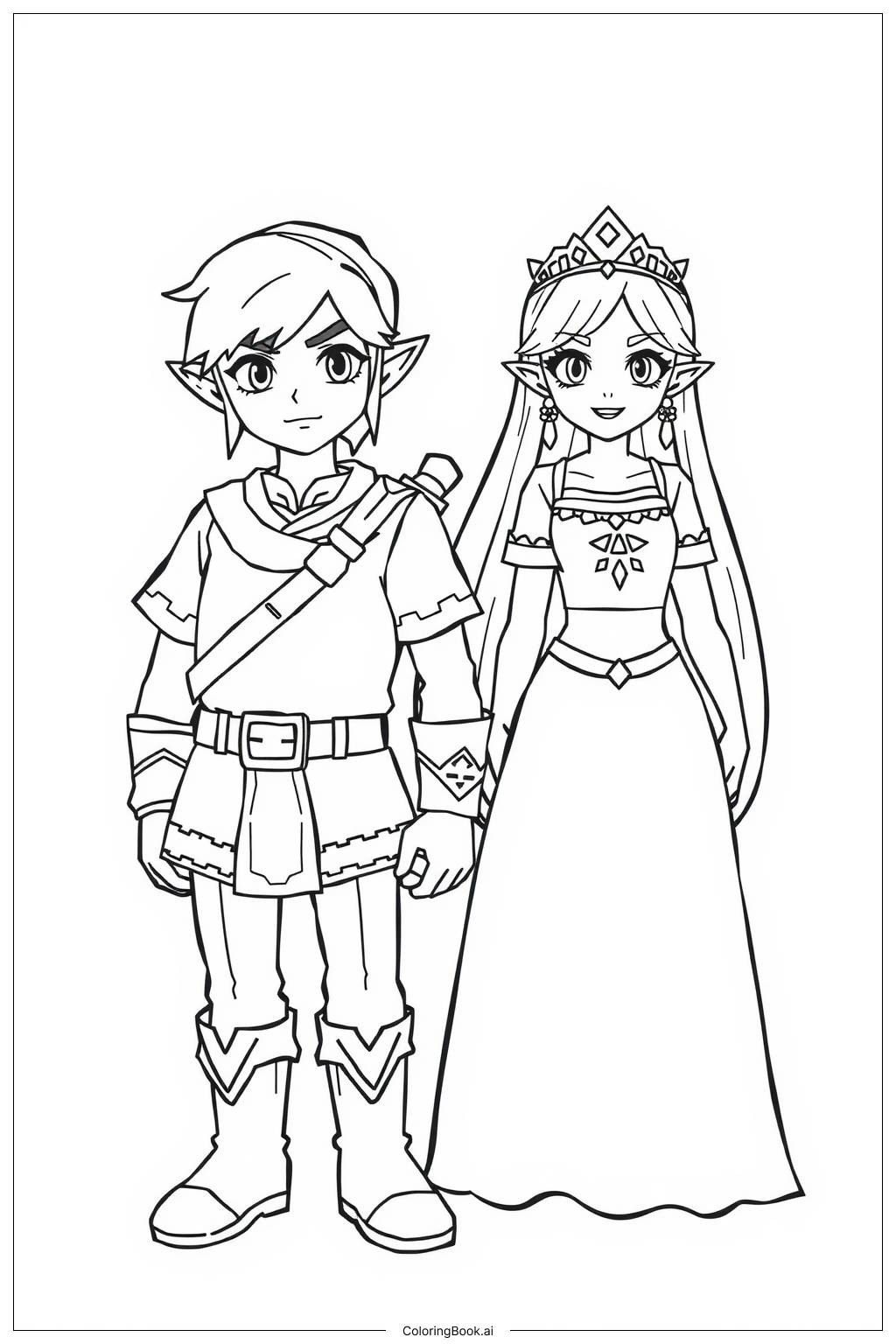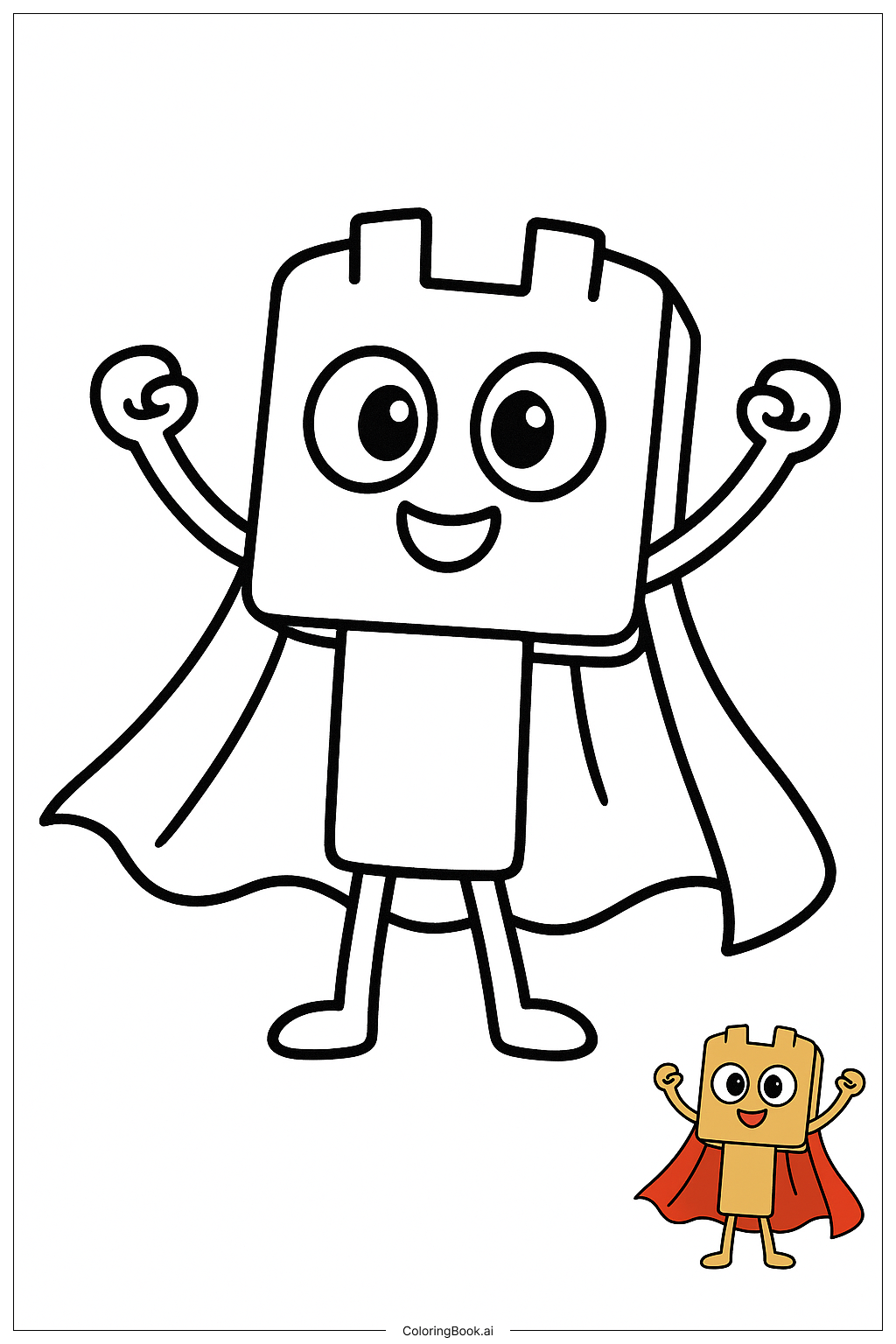Coloring tips: How to color Monoblooma coloring page well?
To color this flower nicely, use bright and lively colors. You can make each petal a different color to make the flower look fun and playful. Try shades like yellow, red, pink, or orange for the petals. For the stem, use green or brown shades to keep it looking natural. You can also add some light shading to the edges of the petals to show depth. Use a darker color around the base and lighter colors near the tips of the petals. This will make the flower look more three-dimensional. Feel free to use markers or colored pencils to add detail and smooth color changes.
Coloring challenges: Which parts are difficult to color and need attention for Monoblooma coloring page?
1. The petals have sharp angles and different shapes, which can be tricky to color neatly inside the lines.
2. Making the flower look 3D needs careful shading and color blending, which might be hard for younger children.
3. The stem has small patterns that require attention to detail and fine motor skills.
4. Choosing colors that look good together and make the flower stand out can be a challenge.
5. Keeping the colors inside the thin outlines needs patience and control.
Benefits of coloring books: Advantages of drawing Monoblooma coloring page
Coloring this flower helps children improve their focus and attention to detail. It also encourages creativity by allowing them to choose different colors and experiment with shading. This activity builds fine motor skills through careful coloring inside small areas. It teaches color recognition and how colors work together to create a pleasing image. Additionally, coloring this structured flower can be calming and help children relax.













